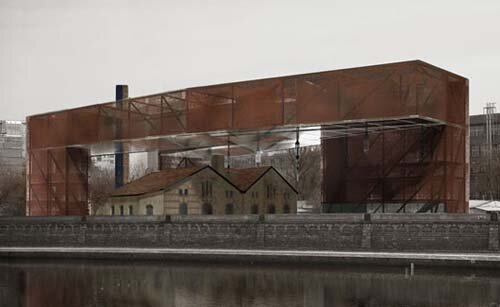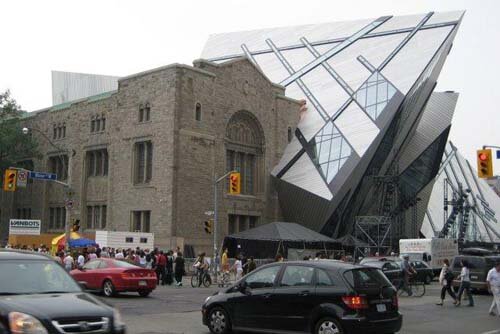City of Boulder, along with most other municipalities, has embedded within its Historic Preservation guidelines, a complex philosophical conundrum. According to the guidelines, sections 4.2 and 6.1, new construction and additions to historic structures should be not mimic the style of the neighborhood or building, but rather "be of its own time." The guidelines then go on for many other sections describing how the new work should be compatible with the old in materials, colors, form, mass, scale and proportion. Now this is not just Boulder's rules, but it comes directly from the Secretary of the Interior's Standards for Rehabilitation.
As you can imagine, there is great variety of interpretation here. Every board has a different approach to this delicate balancing act, ranging from approving almost complete mimicry to outright stylistic opposition. The Preservation Alliance for Greater Philadelphia has addressed this problem directly in their guidelines and outlined four strategies for understanding this problem (see Part One).
It often comes as a shock to homeowners that they should not, and may not be allowed, to exactly copy portions of their existing house for an addition. It comes as a surprise to architects as well, many of whom tend to sit on either distant end of this spectrum, from the accurate historicists to the radical confrontationalistas.
Exactly reproducing a older house or its parts blurs the distinction between old and new and begs the question of why not tear down all old buildings and rebuild them with new construction, energy efficiency, and modern systems as long as they look exactly like the old houses. This is not historic preservation, but stylistic prejudice parading as such. On the other hand, creating additions or new buildings in historic districts that are in outright opposition to the historic fabric puts into question the very reason for establishing historic districts. It is the messy ground in between these poles that real work ought to take place. This is not easy and asks a lot of architects, homeowners and contractors.
In the end what is usually required is the arduous task of creating a new style or language for a building that incorporates elements of the existing building or neighborhood but re-contextualizes them in a form for the present. This isn't then the relatively easy task of duplicating a style - a chore that any architect with chops can easily execute. But rather it is invention in the best sense - by balance and judgement and experience and necessity.




